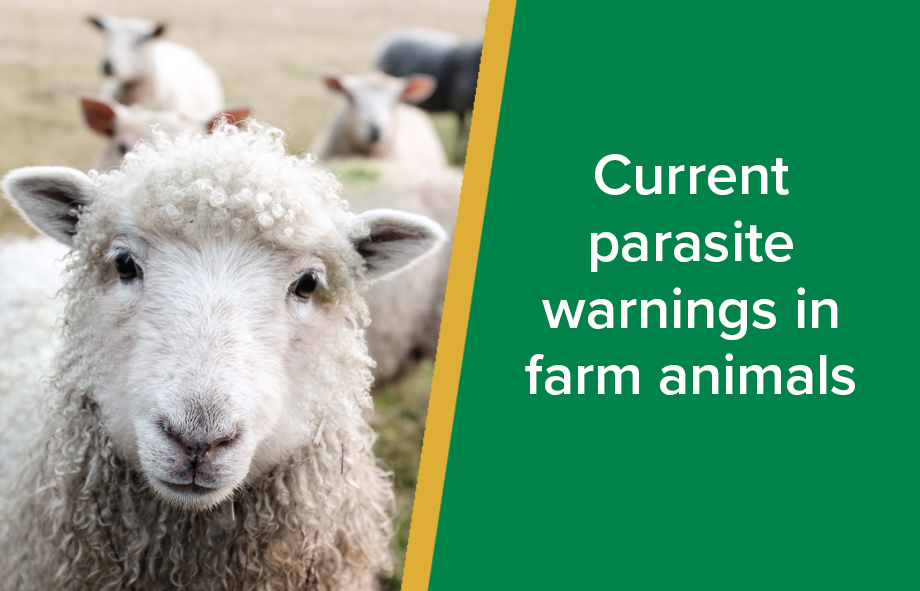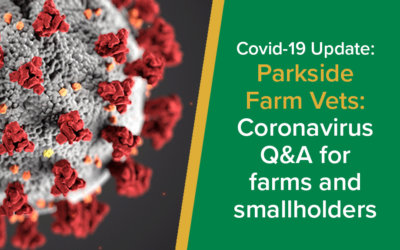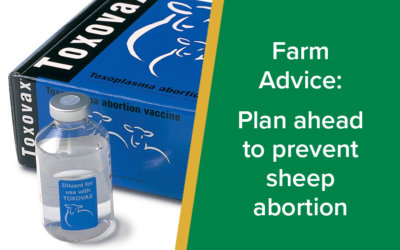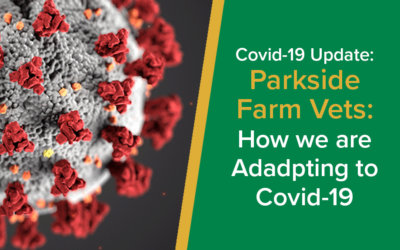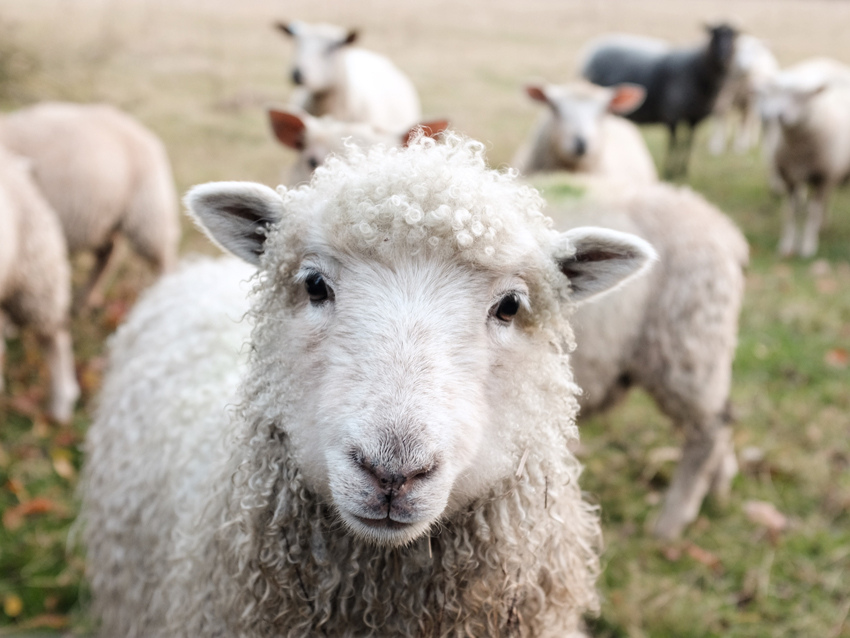
FLUKE
LUNGWORM
ROUNDWORM
With the summer being so wet, the risk period of parasitic gastroenteritis in sheep is likely to be longer than usual. The most important parasite causing problems at this time of year are Trichostrongylus, Teladorsagia circumcincta and Haemonchus contortus. Naematodirus will be seen on occasion at this time of year also. Teladorsagia and Trichostrongylus cause PGE in growing lambs and older animals, usually see profuse watery diarrhoea with Teladorsagia and dark foul smelling diarrhoea in Trichostrongylus. Haemonchus contortus can affect all ages of cattle, usually seeing ‘bottle jaw’, anaemia, lethargy and sudden death in some cases. Naematodirus is seen in young lambs and will be seen with sudden onset diarrhoea and sudden death. If you are worried about roundworms on your farm, one of our dedicated large animal vets will be able to discuss treatment and prevention.
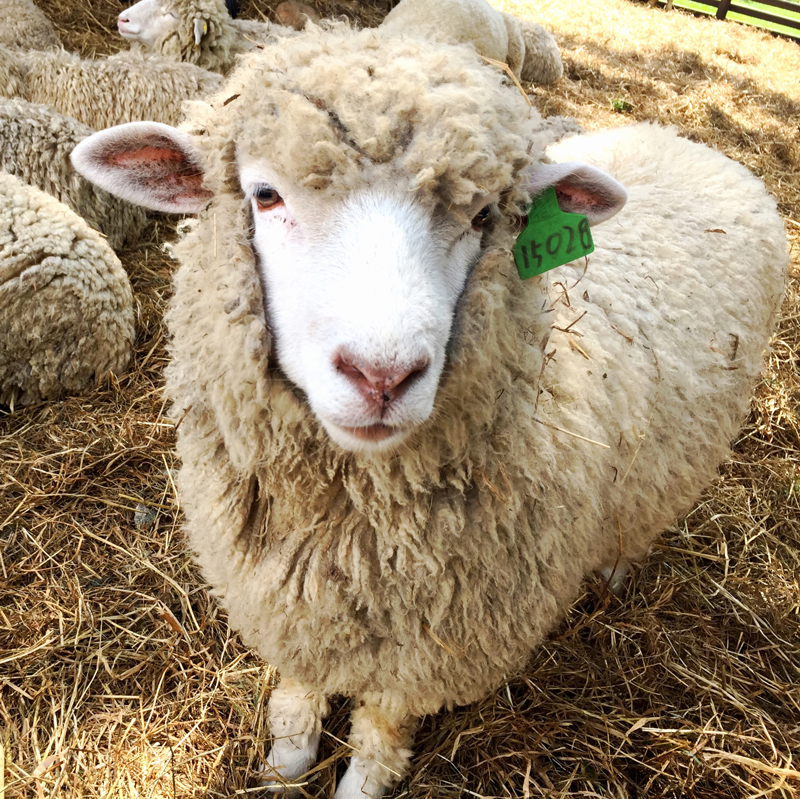
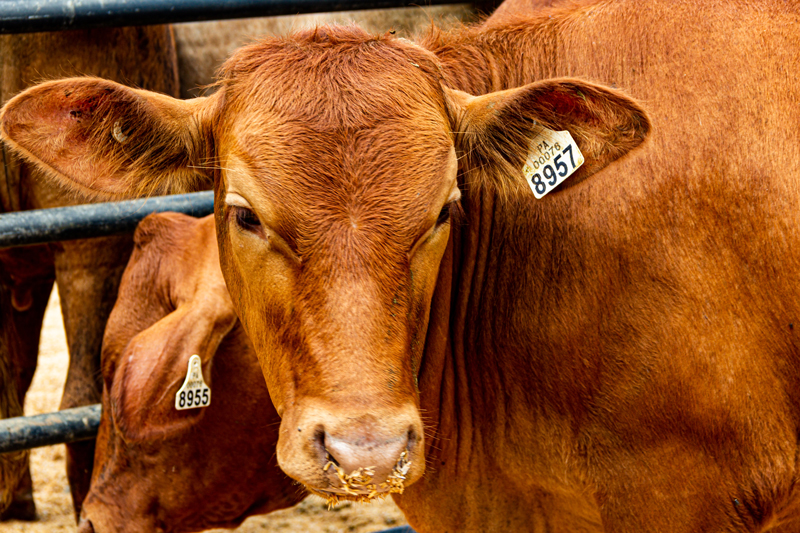
There is an increased risk of Ostertagiasis type 1 and type 2 at this time of year in young cattle. Type 1 is seen in susceptible calves and yearlings in late summer and early autumn, it can be seen as a loss of appetite with profuse, bad-smelling, green diarrhoea. Type 2 is usually seen later in autumn going into winter, affected cattle have profuse unresponsive diarrhoea. If you are worried about roundworms on your farm, one of our dedicated large animal vets will be able to discuss treatment and prevention.

